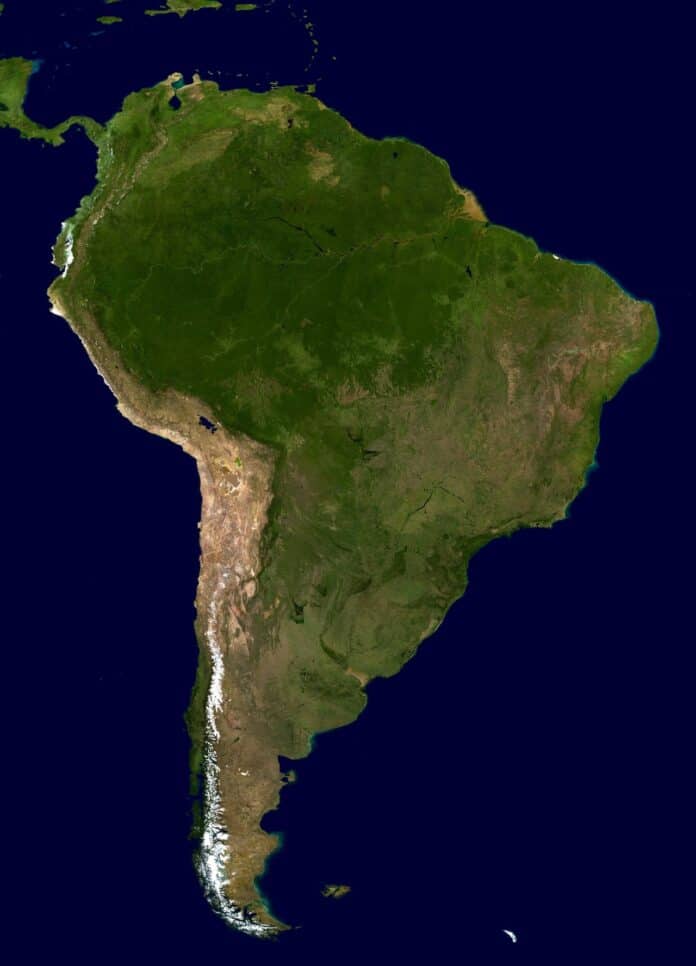Brazil’s current round of soybean planting also includes some soybean harvesting.
Dr. Michael Cordonnier of Soybean and Corn Advisor Inc., says the current harvest is 83 percent complete; “Which is very slow. And in fact, they’re harvesting and planting soybeans at the same time, which is very unusual. They started harvesting some soybeans in Mato Grosso last week. Now these were soybeans planted on September 1. These are cotton producers permitted to plant their soybeans a couple of weeks earlier than normal, so it’s a very small volume, but the fact that they’re already harvesting at the end of November is kind of unusual. What’s left to plant is up in northeastern Brazil, where it’s been dry, and way down in far southern Brazil, where it’s been wet, so it’s been a very slow end to Brazilian soybean planting.”
Cordonnier lowered his Brazil soybean harvest prediction by one million tons to 157 million.
A bigger story might be the second corn crop in Brazil. Cordonnier says, “I lowered that number by three million times today to 118. Everybody says they’re gonna plant less safrinha corn, reduce the acreage by at least 10 to 15 percent, some people say 40 to 50 percent, and everybody says we’re gonna spend less on the safrinha corn crop because it’s going to be planted late. The weather’s kind of erratic because it might be an early end to the summer rainy season, and corn prices are lackluster in Mato Grosso, so no one wants to risk very much on the soften your corn.”
He says the erratic differences in weather between areas in Brazil are very unusual.
Cordonnier, “The last couple of years have been droughts. Droughts in southern Brazil and last year Argentina had a historic drought. The worst in like 60 years, And now, this year, in southern Brazil, there’s an extremely high amount of rainfall, so extremes at both parts of the country. Southern Brazil is getting three to four times the normal rainfall, whereas up in Central Brazil, they’re getting a fraction of the normal rainfall, at least up until about a week or two ago. It’s getting better now, but it was very extreme in October and early November.”
After a massive drought last year, he says the weather is much improved in Argentina. He says, “The soybeans right now are 44 percent planted, corn is 32, with both on the slow side, but it’s improving. I think they are going to switch some intended corn acres over to soybeans because soybean prices are better.”
For more information, go to soybeansandcorn.com.


